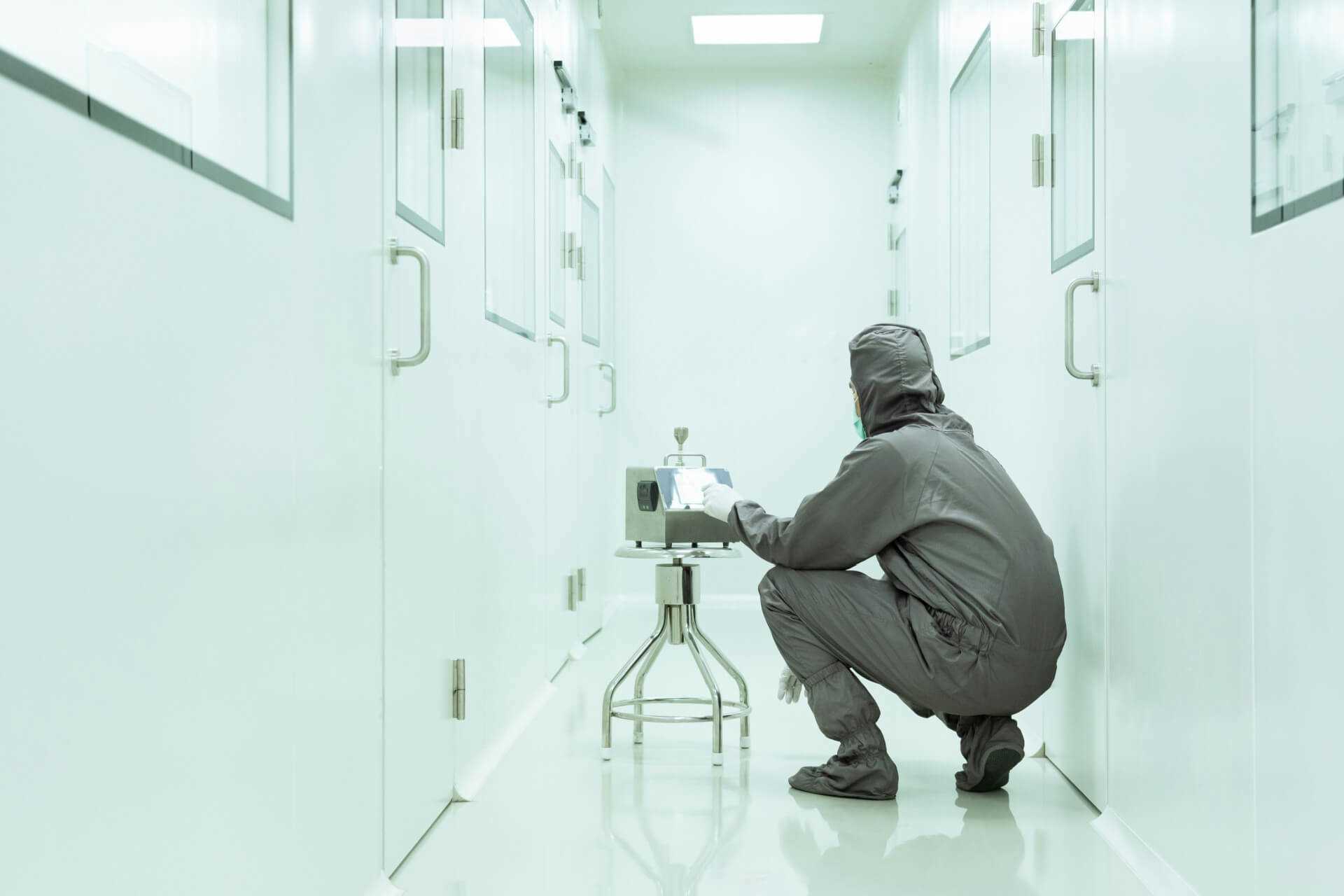
Cleanroom Testing and Validation Procedures
Cleanroom testing and validation are critical components of cleanroom management, ensuring that these controlled environments are compliant with standards and suitable for their intended use. This blog post outlines the key testing and validation procedures that are fundamental to maintaining cleanroom integrity and functionality.
Understanding Cleanroom Validation
Cleanroom validation involves a series of assessments and tests to confirm that the cleanroom meets all specified requirements. This process is crucial during initial certification and as part of ongoing compliance checks to ensure that modifications, upgrades, or changes in operational procedures continue to meet the required standards.
Key Testing and Validation Procedures
1. Airflow and Air Change Rate Tests
These tests verify that the cleanroom maintains appropriate airflow velocities and patterns, ensuring that it can effectively remove particulate contamination and maintain pressure differentials. Measuring air change rates helps confirm that the cleanroom's HVAC system provides sufficient air to dilute and remove contaminants efficiently.
2. Particulate Count Testing
Particulate testing is one of the most critical aspects of cleanroom validation. It involves using particle counters to measure the concentration of airborne particles to ensure they do not exceed the thresholds defined for the cleanroom's classification. This testing is performed under operational conditions to simulate actual working scenarios.
3. Filter Integrity Testing
HEPA and ULPA filters are fundamental to maintaining cleanroom air purity. Filter integrity tests, often conducted using the DOP (dioctyl phthalate) test or similar methods, check for leaks or defects in the filter media and sealing frames that might compromise the cleanroom's performance.
4. Pressure Differential Testing
Maintaining specific pressure differentials between cleanrooms and adjacent areas prevents cross-contamination. Testing involves measuring these pressures to ensure they meet design specifications.
5. Temperature and Humidity Control
Consistent temperature and humidity are crucial for process control and comfort in cleanrooms. Validation involves monitoring these parameters over time to ensure they stay within the required limits.
6. Recovery Rate Evaluation
This test determines how quickly a cleanroom returns to its baseline contamination level after a simulated contamination event. It provides insights into the efficiency of the cleanroom's HVAC and filtration systems.
Best Practices for Effective Cleanroom Validation
• Regular Scheduling: Consistent testing and validation are necessary, with frequencies depending on the cleanroom's use, the external environment, and regulatory requirements.
• Comprehensive Documentation: Keeping detailed records of all tests, outcomes, and corrective actions taken ensures compliance and facilitates future validations.
• Professional Expertise: Engaging with specialists who understand the nuances of cleanroom testing can help ensure that all aspects of the cleanroom's environment are thoroughly evaluated and compliant.
Testing and validation are not just about maintaining compliance but are crucial for the optimal operation of cleanrooms. They ensure that the controlled environments are consistently capable of producing high-quality, contamination-free products. Regular and thorough validation procedures are essential for detecting potential issues before they lead to failures or contamination events, safeguarding both the processes and the products.
